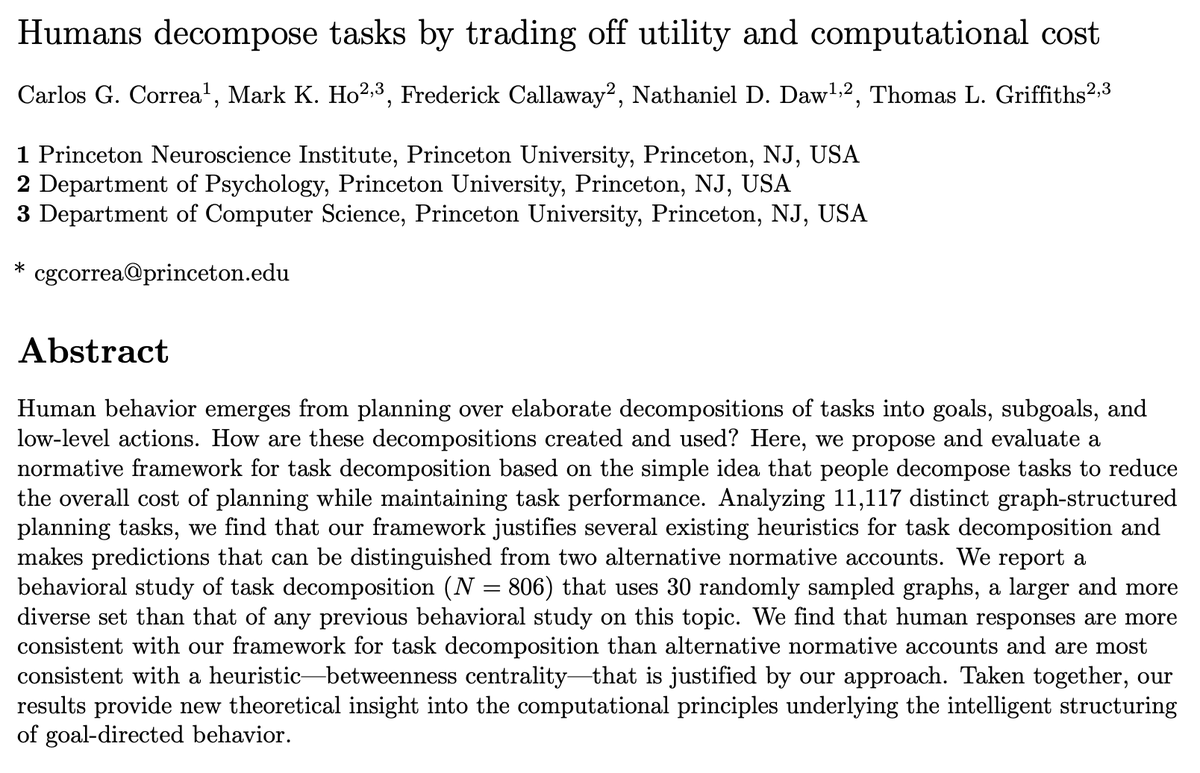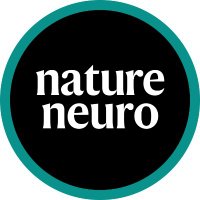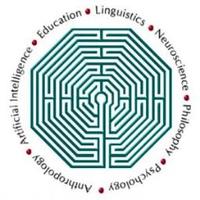
Sev Harootonian
@harootonian
PhD Candidate @Princeton. Studying how people and machines teach.
ID: 1058471999012429824
02-11-2018 21:32:44
185 Tweet
204 Followers
378 Following





New preprint psyarxiv.com/8j9zx/ We examined how chess players spent limited time available for thinking in over 12 million online games and found this tracks value of applying planning computations. w/ Dan Acosta-Kane (co-lead) basvanopheusden Marcelo Mattar Griffiths Computational Cognitive Science Lab


Sashank Pisupati & Yael Niv ask, “How do biological systems learn continuously throughout their lives, adapting to change while retaining old knowledge, and how can these principles be applied to AI?” Sashank Pisupati Yael Niv @yaelniv.bsky.social Free access until 12/22 bit.ly/3sU73y1


✨Preprint✨ w/ Mark Ho, Fred Callaway, Nathaniel Daw, & Tom Griffiths: arxiv.org/abs/2211.03890 TLDR: How do people decompose goals into subgoals? We ran a large-scale experiment to test how the computational cost of planning drives subgoal choice. More in 🧵





“Feedback should be more work for the recipient than the donor.” Dylan Wiliam A point usually lost in education. If there’s no opportunity to respond to the feedback, what was the point of giving it in the first place?





🚨In press🚨We synthesize neural and behavioral work to ask how predictions and prediction errors lead to memory integration and separation. Super fun collab with this dream team Camille Gasser (first co-author) Tarek Amer ענת מריל @LilaDavachi! sciencedirect.com/science/articl…




